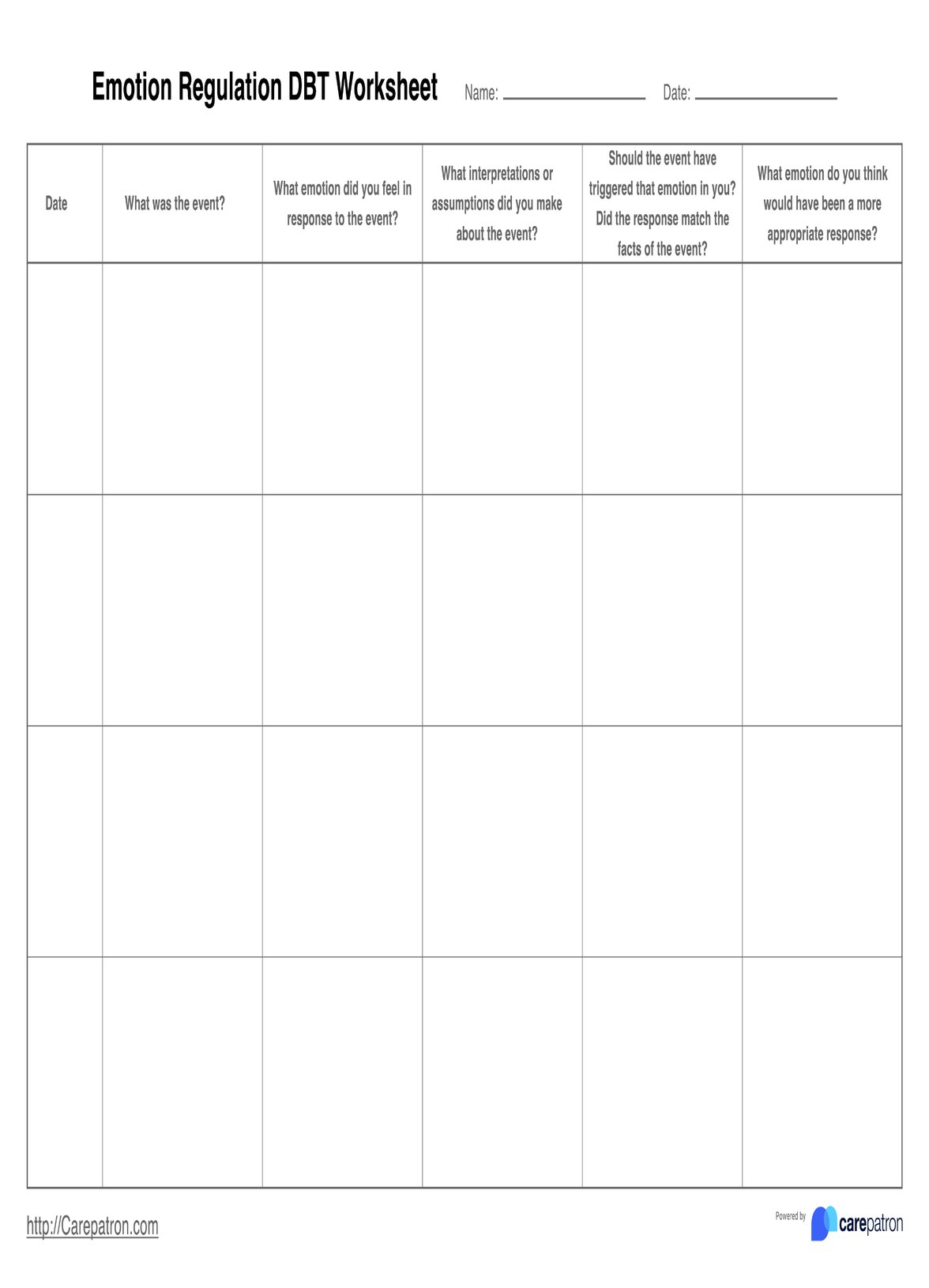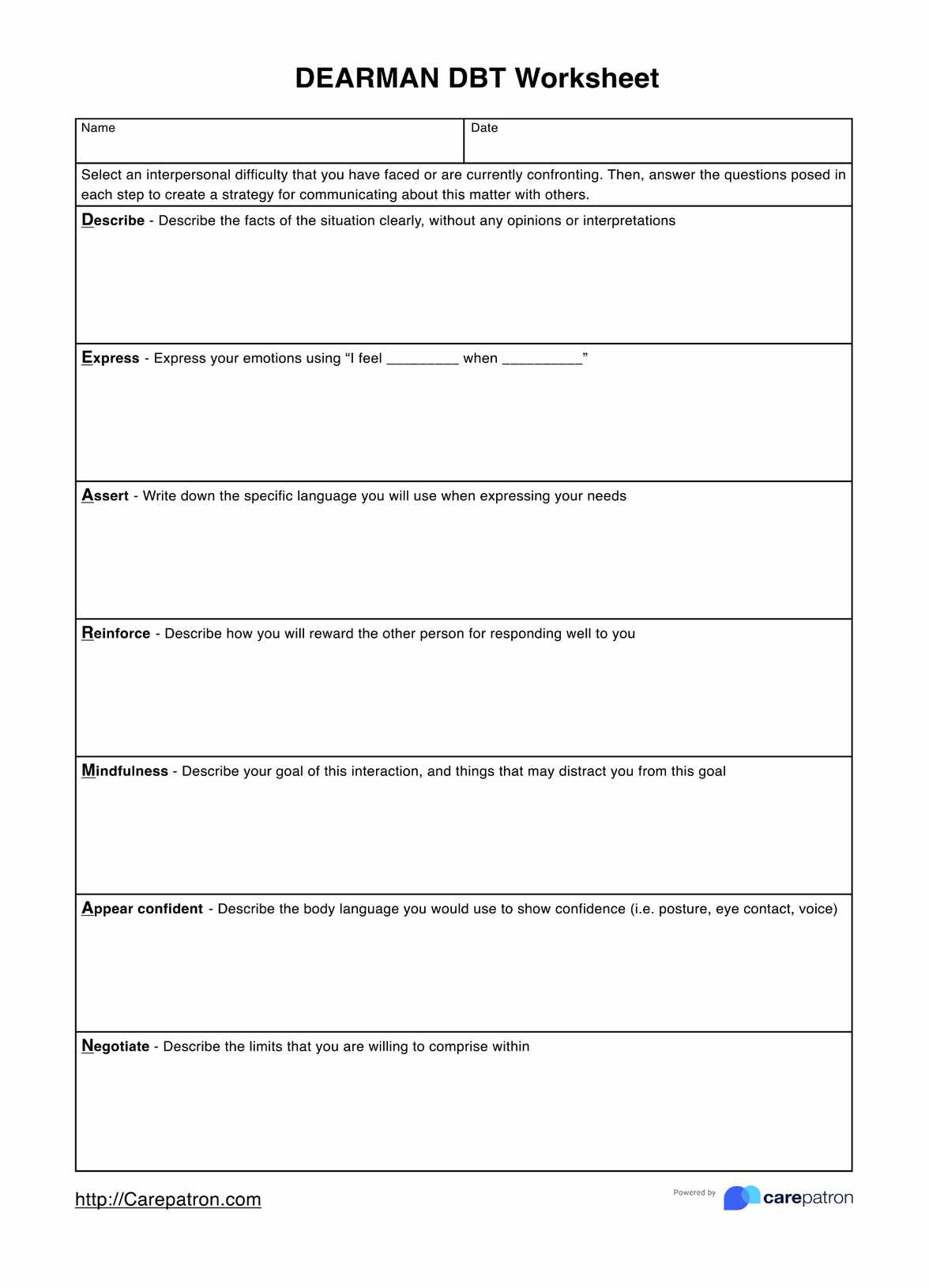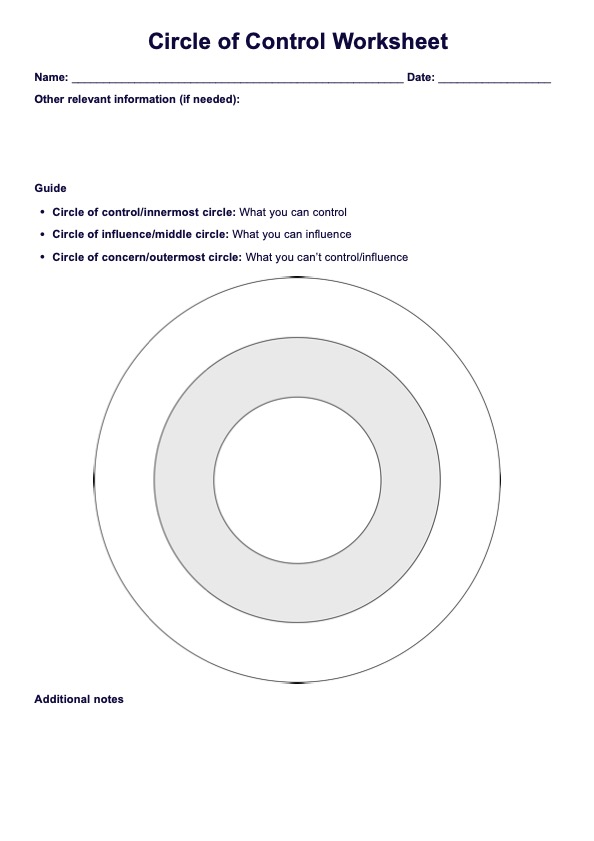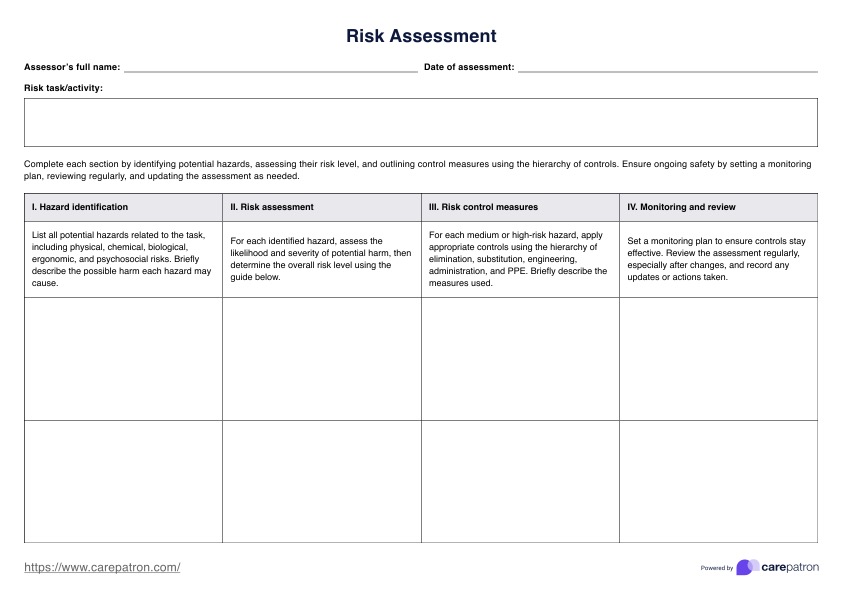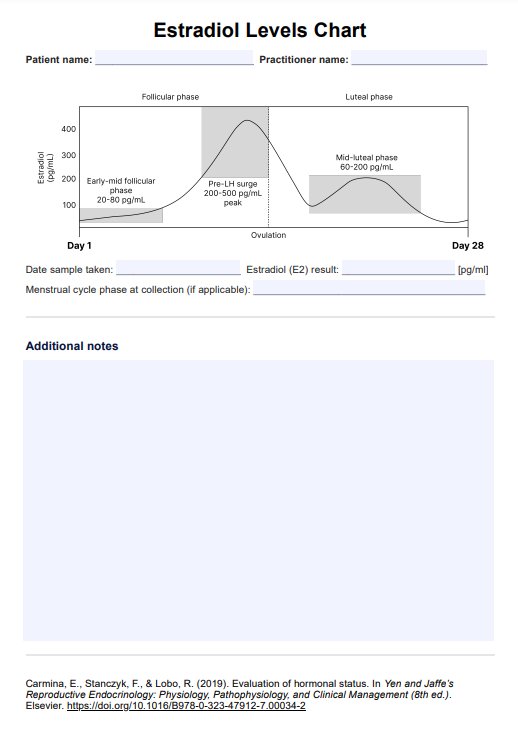Miracle Question Worksheet
Use a helpful tool when practicing solution-focused therapy to engage and build motivation among clients. Download your free PDF here.


What is solution-focused therapy?
Solution-focused therapy (SFT) is a collaborative, goal-oriented approach to psychotherapy that focuses on the client's desired future and strengths rather than on the problem itself (de Shazer & Dolan, 2012). Developed in the 1980s by Steve de Shazer and Insoo Kim Berg, SFT is a brief form of therapy that aims to help clients identify and build on their resources and solutions (Institute for Solution-Focused Therapy, 2022).
The primary goal of solution-focused therapy is to help clients envision a preferred future and identify the necessary skills, resources, and abilities needed to achieve that future. This therapy is built on the belief that the client is the expert on their life and can generate their solutions.
Core principles and beliefs of this therapy
Solution-Focused Brief Therapy (SFBT) operates on several core principles and beliefs that distinguish it from other therapeutic approaches. These include the following:
- Focus on solutions, not problems: SFBT emphasizes finding solutions to issues rather than exploring their reasons. The therapy encourages clients to visualize their desired future and offers support as they determine the resources and abilities needed to achieve that vision successfully.
- Change is constant and certain: SFBT assumes that change is a natural and ongoing process. The therapy focuses on amplifying and building upon the positive changes in a client's life.
- Emphasis on what is changeable and possible: SFBT concentrates on what can be changed and what is possible rather than focusing on what is beyond a client's control.
- Client's motivation to change: SFBT assumes that clients have the motivation to change and that this motivation is an essential piece of the model that drives the therapy.
- Collaborative approach: SFBT is based on a collaborative approach between the therapist and the client. The therapist and client work together to discover exceptions to the problem, formulate solutions, and set goals.
- Small steps and quick results: SFBT aims to achieve fast results by focusing on small, manageable steps that lead to significant changes over time.
- Positive, respectful, and hopeful outlook: SFBT practitioners maintain a positive, respectful, and hopeful outlook, assuming that people have the strength, wisdom, experience, and resilience to effect change.
Miracle Question Worksheet Template
Miracle Question Worksheet Example
What is the miracle question?
The miracle question is a core technique used in solution-focused therapy (SFT) that can be a game-changer for clients. It's a simple yet powerful way to shift focus from problems to possibilities, helping them see a future where their challenges are resolved.
The miracle question is typically phrased as follows:
"Suppose that one night, while you are sleeping, a miracle happens. The problem that brought you here is solved. However, you didn't know that the miracle had happened because you were sleeping. When you wake up tomorrow morning, what will be the first thing to let you know the miracle has happened and the problem is solved?"
Asking this question allows practitioners to help the client shift their focus from the current problem to a future state where it no longer exists. This encourages the client to visualize specific, concrete details about their life without the problem. This can then be used to set achievable goals and identify the small steps needed.
What is a Miracle Question Worksheet?
The Miracle Question Worksheet is a powerful tool used in solution-focused therapy (SFT) to help clients visualize and describe a preferred future where their problems have been resolved (de Shazer & Dolan, 2012). This worksheet is often used when focusing on the miracle question, an essential technique in SFT.
When is this usually issued to people?
The Miracle Question Worksheet is typically used early in the solution-focused therapy (SFT) process, often in the first or second session. This is because the miracle question and the accompanying worksheet are foundational tools to help clients envision and describe their preferred future, which then informs the rest of the therapy (Bannink, 2010).
How does our Miracle Question Worksheet template work?
The Miracle Question Worksheet template is a structured guide designed to help clients visualize and articulate how their lives would change if their problems were suddenly resolved. Here is a step-by-step guide, condensed into five steps, on how our template works:
Step 1: Present the miracle question
Begin by introducing the miracle question to the client. This question asks the client to imagine waking up one morning to find that the problem they've been struggling with has been miraculously solved while they were sleeping. Encourage the client to imagine the details of this scenario and respond openly.
Step 2: Describe the miracle prompt
Ask the client to describe in detail what they would notice about their life, thoughts, behaviors, and relationships if the miracle had occurred. This helps the client paint a vivid picture of their ideal future.
Step 3: Identify small signs of change
Ask the client to identify the small, observable signs indicating the miracle had happened. These could be specific changes in their daily routine, interactions with others, or internal experiences. Focusing on these small signs can help the client recognize and build upon even the smallest positive steps.
Step 4: Scale the miracle
Include a scaling question that asks the client to rate, on a scale of 0 to 10, how close they feel to achieving the miracle. This provides a baseline for tracking progress and can help the client recognize their movement toward their desired future.
Step 5: Develop next steps
There is a space for the client to write down and take specific, actionable steps to move closer to their miracle. This also helps the client and the practitioner discuss how this can be achieved and how to monitor progress over time.
Benefits of using this worksheet
Using the Miracle Question Worksheet can provide several benefits for both clients and therapists in the context of solution-focused therapy (SFT):
Enhances client engagement
The miracle question encourages clients to actively imagine a positive future actively, increasing their engagement and motivation to work towards achieving that desired outcome. This future-focused approach helps shift the client's mindset from problem-solving to solution-building.
Identifies client goals and priorities
As the client describes their miracle scenario in detail, it reveals their core goals, values, and what a successful outcome would look like from their perspective. This information is invaluable for collaborative goal-setting and treatment planning.
Uncovers client's strengths and resources
When clients envision their preferred future, they often unintentionally highlight their strengths, skills, and resources that could be leveraged to achieve their goals. The therapist can help the client recognize and build upon these strengths.
Small steps, gradual changes
The worksheet encourages clients to notice and capitalize on even minor positive changes by focusing on the small, observable signs that the miracle has occurred. This reinforces the SFT principle that even small steps can lead to greater transformation.
Provides a roadmap for action
The final step of the worksheet, where the client identifies specific next steps, helps translate the client's vision into a concrete plan. This empowers the client to participate actively in their change process.
References
Bannink, F. (2010). 1001 Solution-focused questions: Handbook for solution-focused interviewing. W W Norton & Co.
de Shazer, S., & Dolan, Y. (2012). More than miracles. Routledge.
Institute for Solution-Focused Therapy. (2022). What is solution-focused therapy? Institute for Solution-Focused Therapy. https://solutionfocused.net/what-is-solution-focused-therapy/
Commonly asked questions
As clients describe how the miracle occurred, they often highlight their skills, capabilities, and resources that could help them achieve their desired future, which the therapist can then amplify and build upon to create a sense of hope and motivation.
The therapist should ask follow-up questions, explore the answers in-depth, help the client develop achievable steps toward their goals, and use the insights from their response to inform the therapeutic process.
If a client struggles, the therapist can help by breaking down the question, especially about how the miracle happened, into smaller, more manageable questions or exploring the resistance, which can provide valuable therapeutic material. The therapist can also provide examples or prompts as a guide to formulate their answer.


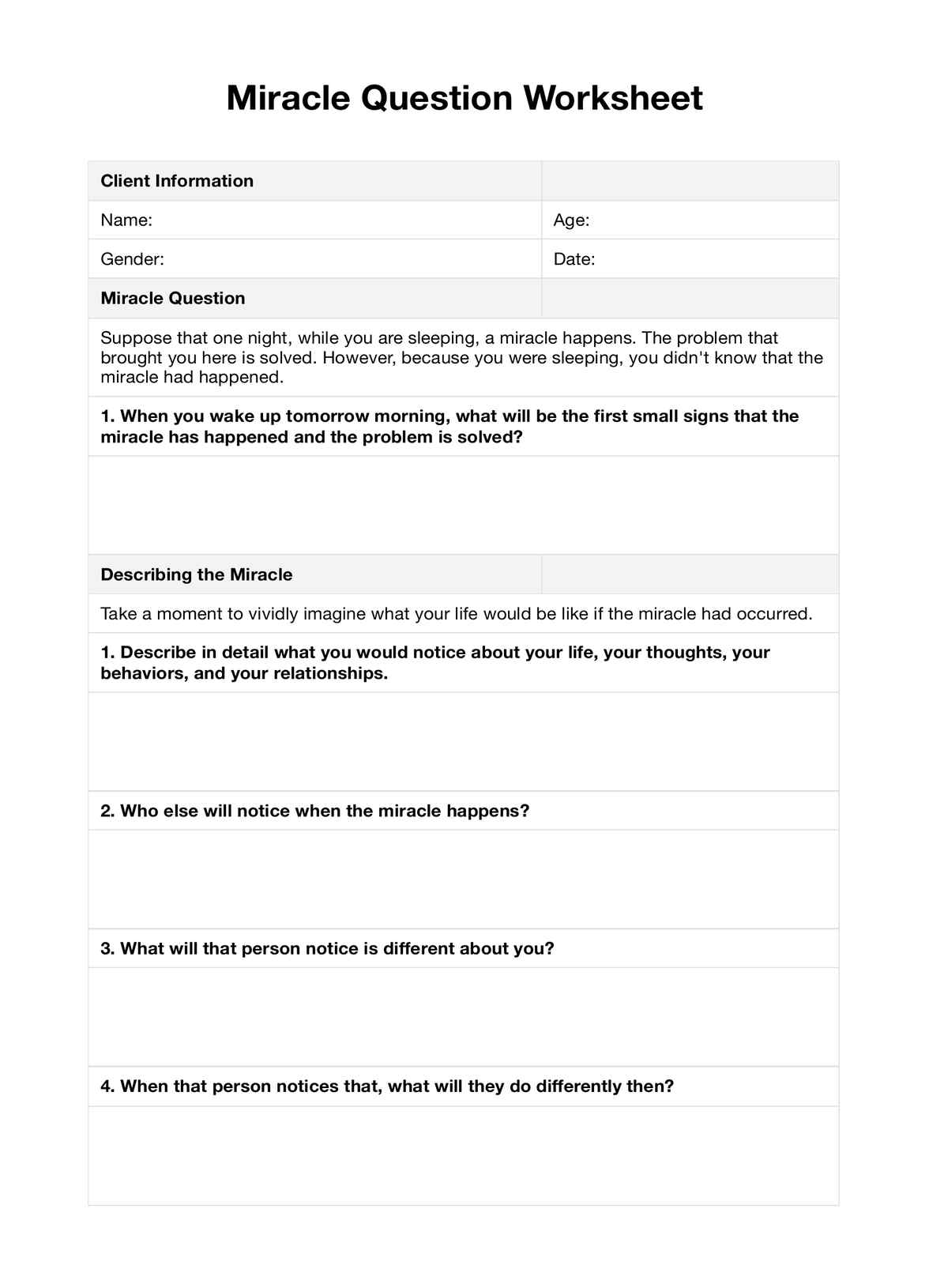
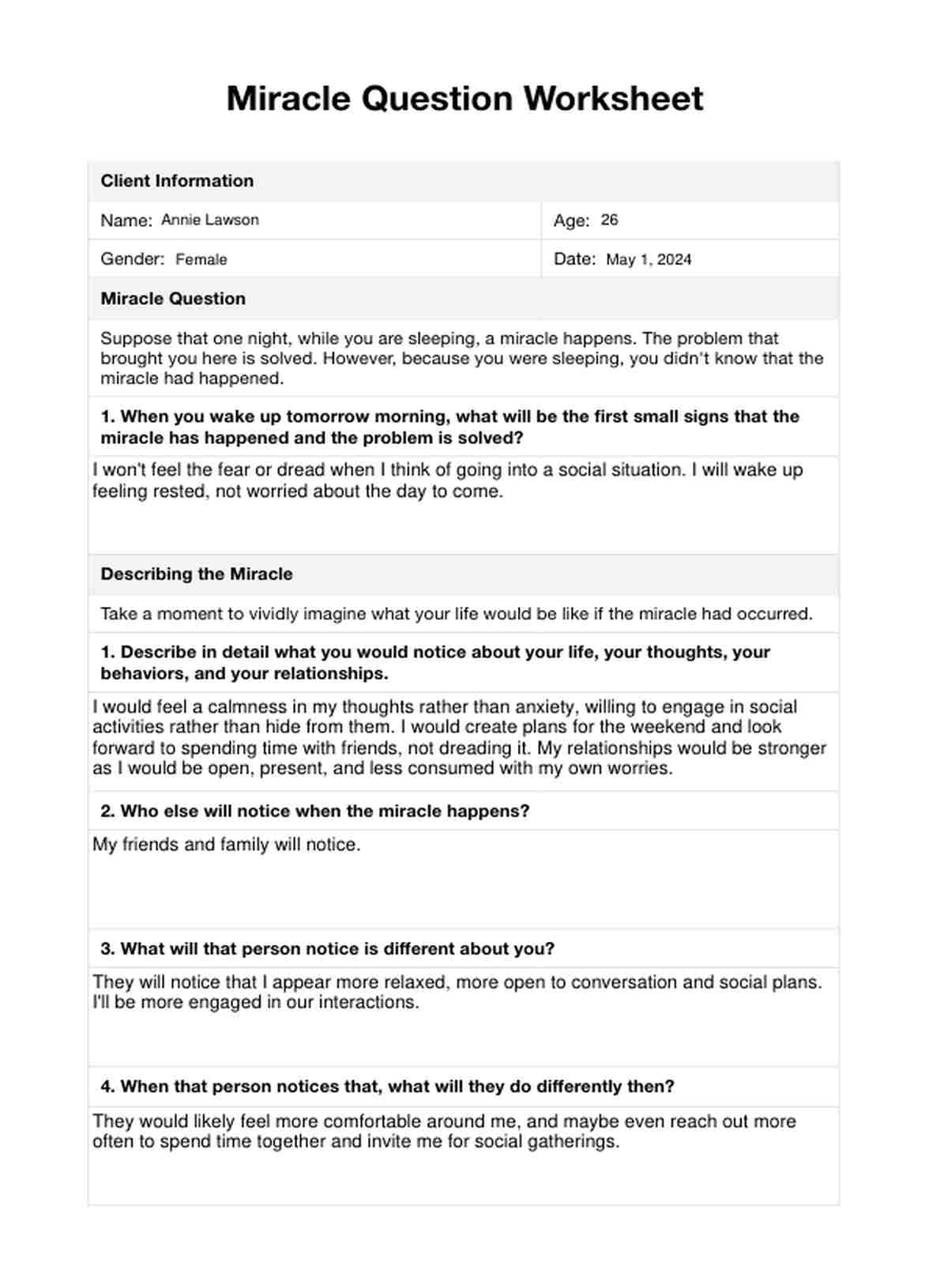




















-template.jpg)















































































